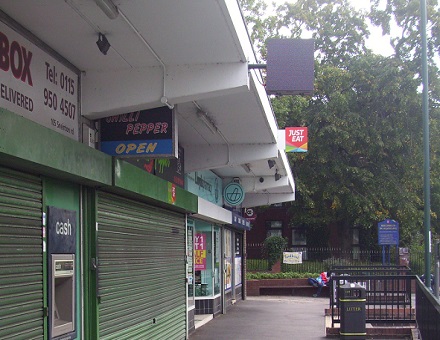Reclaiming the streets

There are two conversations which do not seem to be as connected as they should be.
We want to come out of lockdown in a sustainable way, to reduce the pollution caused by excessive vehicle use, so Local Authorities around the country are pedestrianising large areas of our towns and cities and encouraging people to walk and to use public transport instead of cars.
Then Sarah Everard was murdered and reclaiming the streets became a major concern. That’s being presented as a women’s issue, but it actually affects anyone who may feel vulnerable walking the streets after dark, whether through gender, age, disability or for any other reason.
Reclaiming the streets is not a new issue either. When crime was at its peak in the mid nineties we learned lessons about how to reduce the fear of street crime. It’s just that after 25 years of falling crime rates the authorities have become complacent.
Surveys then found large numbers of people who were simply afraid to leave their homes after dark. Further work revealed the streets and areas that people had to walk after dark or wanted to visit.
Measures introduced emphasised improved street lighting and sometimes CCTV. Street lighting has improved since then, so we have a better starting point. Regeneration projects handed out personal attack alarms as well as key fob torches to ensure quick access to homes if needed. Other measures included removing or reducing potential hiding places. We all appreciate more greenery in urban areas, but only if it is well managed to avoid creating possible hiding places. Escape Routes, such as alleyways were closed; and crime reduction became a major part of urban design.
Agencies also put crime and the fear of crime at the top of their agenda’s. So Housing Departments saw crime reduction as a key issue – their purpose was not just to provide housing. Now, with most Councils handing housing management to Arms Length Management Organisations, often Housing Associations, their brief is simply to manage housing and to leave crime related issues to someone else, usually the police. The same was true of the Town and City Centre Managers.
The police too changed their approach. They realised that most crimes that were solved, were solved because of the assistance of the public, and so relationships developed through community policing were vital. There was some resistance among a force that believed that “real” policing was more about dawn raids, car chases and handcuffing villans. Now the police argue that community policing has been a victim of a decade of austerity with some justification. But they can still afford helicopters, so there may be a suspicion that community policing is not their top priority.
I’m certain that the police response to the Sarah Everard vigil at Clapham is not the way to work with potential victims of street crime. But it must be remembered that in cities up and down the country similar (but smaller) vigils were respected by the police.
Reclaiming these streets say that attitudes to women must change. They’re right of course,but that’s not a quick fix in itself, and many educational groups and youth services have been run down during the austerity years.
They also want harsher penalties for street crimes. But sentencing is not a quick fix either.There’s a danger that the Government might increase sentences, introduce a new requirement to the national curriculum and then claim to be taking the problem seriously
What happened back in the nineties? People imprisoned in their homes after dark,especially those living in high crime areas, did begin to venture out again,and reclaim the streets. But they tended to be selective about where they went, and avoided perceived crime hot spots. The areas they felt safe to visit after dark expanded as the environmental changes covered more and more areas.
Related post: Burglary: What’s the risk? (April 17th 2020)
Related product: Personal attack alarm from Bargain Fox:.

